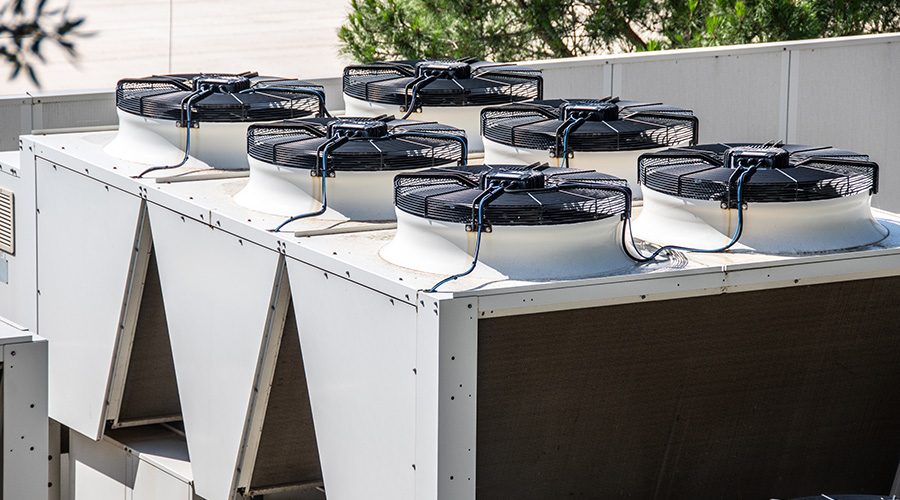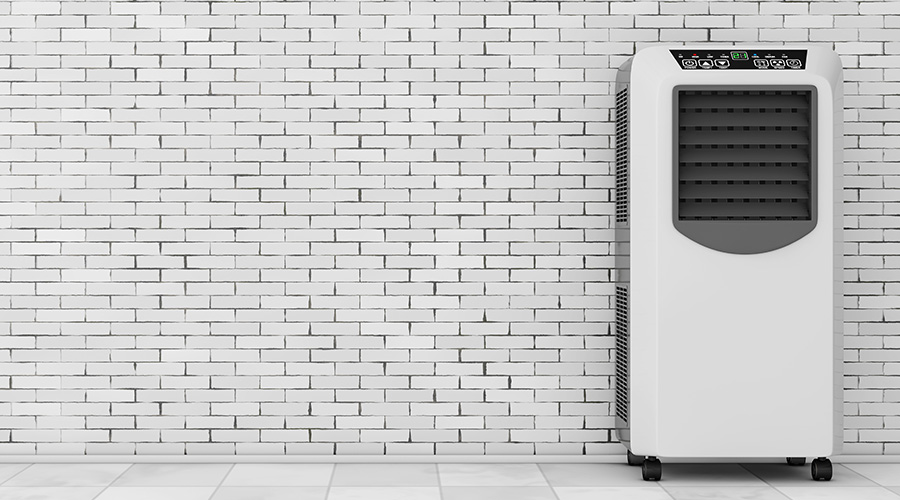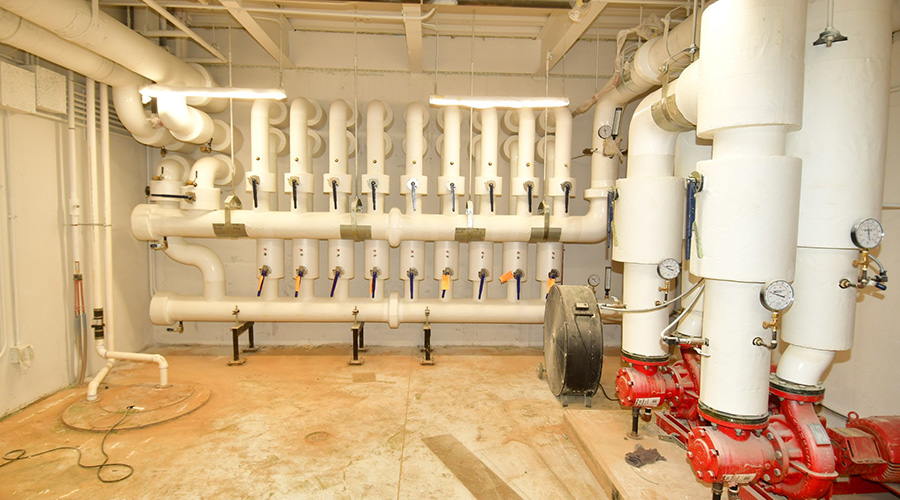Geothermal, VAV Devices Also Offer HVAC Tax Savings
There may be other tax benefits available for energy-efficient projects. For example, there is a 10 percent geothermal tax credit or an equivalent 10 percent cash credit in lieu of the tax credit. The cash credit is only available for geothermal projects that commence by Dec. 31, 2010. In addition to the credit or cash grant, a geothermal project will also be eligible for accelerated 5 year MACR's tax depreciation and additional bonus tax depreciation in tax years where bonus depreciation is available.
Facility managers who have already achieved the 16.67 percent HVAC energy cost reduction — possibly by installing any of the 11 technologies — should be aware of a concept known as "free riding." If a building has already attained the required energy cost reduction, any further HVAC equipment installation that reduces energy costs will trigger the HVAC tax deductions. Accordingly, any building that already has very efficient HVAC should give strong consideration to further HVAC upgrades by Dec. 31, 2013, when deductions are currently set to expire.
One common free riding project is to upgrade building controls. Consider a hypothetical 149,999-square-foot building that has had a chiller installed recently. It is often the case that a building like that meets the Section 179(D) criteria of having energy costs 16.67 percent lower than the costs of a building designed to ASHRAE 90.1-2001. If that's the case, the building might well qualify for a $270,000 tax deduction for upgrading its HVAC controls.
Energy Modeling Gains
To get Section 179(D) tax deductions for HVAC projects, the energy cost reduction must be documented by an energy simulation model using software approved by the Internal Revenue Service. That requirement was a significant obstacle when EPAct initially became law in 2005. But the past several years have seen changes that make modeling much less daunting than in the past.
For one thing, LEED also requires modeling. The growing popularity of that program means that more projects are using modeling. However, be aware that modeling for Section 179(D) requires a different approach than LEED modeling. To get the deduction, ensure that engineers doing the modeling understand Section 179(D) requirements.
Another change is that undergraduate architecture and engineering students are now learning how to prepare energy models. That pool of expertise has made modeling more readily accessible.
A third factor is an increase in the number of IRS-approved modeling programs. Currently, the list includes: EQUEST; Trane Trace 700; Energy Plus; Carrier HAP; VisualDOE; EnergyGauge; DOE2.2; DOE2.1E; DOE2.1E-JJH; Owens Corning Commercial Energy Calculator; Green Building Studio; EnerSim; and IES (Virtual Environments).
Finally, many utilities will pay all or a portion of modeling costs. These reimbursements require approval before a project begins. If a project includes daylighting, it is essential to ensure that the model can accurately simulate the large energy savings daylight can provide.
One obstacle to wider use of Section 179(D) tax deductions is that most facility managers are unfamiliar with tax laws, while corporate finance departments usually know little about HVAC, lighting or the building envelope. Facility managers considering energy efficiency projects would do well to involve their finance departments in planning. There are also independent firms that specialize in the tax deductions for energy efficiency projects.
The energy savings available from highly energy efficient HVAC measures greatly reduce building operating costs. The opportunity for substantial HVAC Section 179(D) tax savings encourages facility managers to accelerate the purchase of this energy saving equipment.
Charles Goulding, attorney/CPA, is the president of Energy Tax Savers, Inc. Jacob Goldman is an engineer and tax consultant with the firm. Kenneth Wood is an analyst with the firm.

Related Topics:















